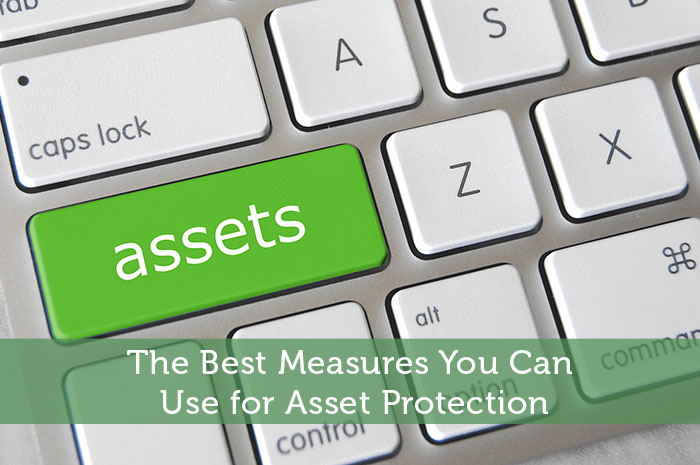If your assets are not protected a simple law suit can put a huge dent in your bank account, or worse. Realistically everything you have achieved financially can be taken away with the smallest of moves from people who either have it out for you or just think you are an easy target.
Something as simple as someone getting hurt on your property could give them a chance to file a case against you in order to claim damages done to them, and if you are wealthy, you might have a lot to lose.
Federal and State Laws for Asset Protection
- Traditional and Roth IRAsWhen it comes to your IRA savings, the contributions and earnings you have managed to save have an inflation-adjusted protection cap of about $1 million from bankruptcy proceedings, and depending on the case put forward the court can decide where or not to increase that limit further.
- Qualified Retirement PlansLuckily, under qualified retirement plans that are employer-sponsored, there is unlimited creditor protection in case of bankruptcy. The protection holds true whether or not the plan is subject to the Employee Retirement Income Security Act, ERISA in short. Plans under ERISA are protected in all cases, except qualified domestic relations orders or tax levies from the IRS themselves.
- HomesteadsState laws tend to vary from state to state and hence there are often differences in the limit on the amount of protection that can be offered for your home, depending on the laws of the state you reside in. In fact, a few states have no protection at all for the home.
- Annuities and Life InsuranceState laws also decide the level of protection that is allotted to life insurance and annuities. Depending on the state you live in, either the surrender value of your life insurance can be protected (including the proceeds of annuity contracts) or legal proceedings in favor of the creditors. Some states tend to only protect beneficiaries’ inheritance, since that is integral to their support.
How to Protect Your Assets
Some of the common methods for asset protection include:
- Asset Protection Trusts – Forming asset protection trusts can easily scare off creditors. Several states now offer the possibility to form such trusts to help avoid loss of wealth, as long as the basic requirements are met. You will need to form an irrevocable trust with an independent trustee on board so distributions are made at their discretion, with a spendthrift clause, and the trust’s administration and documents present in the trust’s state. Also, all of the chosen trustee’s assets must be located in the trust’s state.
- Accounts-Receivable Financing – It becomes a safer bet to borrow money against the receivables of an owned business and save that money in a non-business account, making the account unattainable to creditors.
- Strip Out Your Equity – Another way to save assets is to pull them out from equity and save them in the assets that are protected by the state. Of course, this is only possible in states where the law protects your assets.
- Family Limited Partnerships – Protect your assets from creditors by exchanging your assets for shares, by transferring them into family limited partnerships. Of course, this lessens their overall value since you now hold shares and no assets as such.
Simpler ways to help Protect Assets
- Transferring assets to a spouse’s name gets them off the creditor radar.
- Use your employer-sponsored plan to stash your assets for unlimited protection.
- Avoid mixing personal and business assets, to avoid losing your personal assets in case the business runs into trouble.
Author Bio: Joel Zimmerman is an experienced financial advisor and his areas of specialization include retirement planning and risk management. When Joel is not working with clients, he is busy creating informative blogs and whitepapers.





